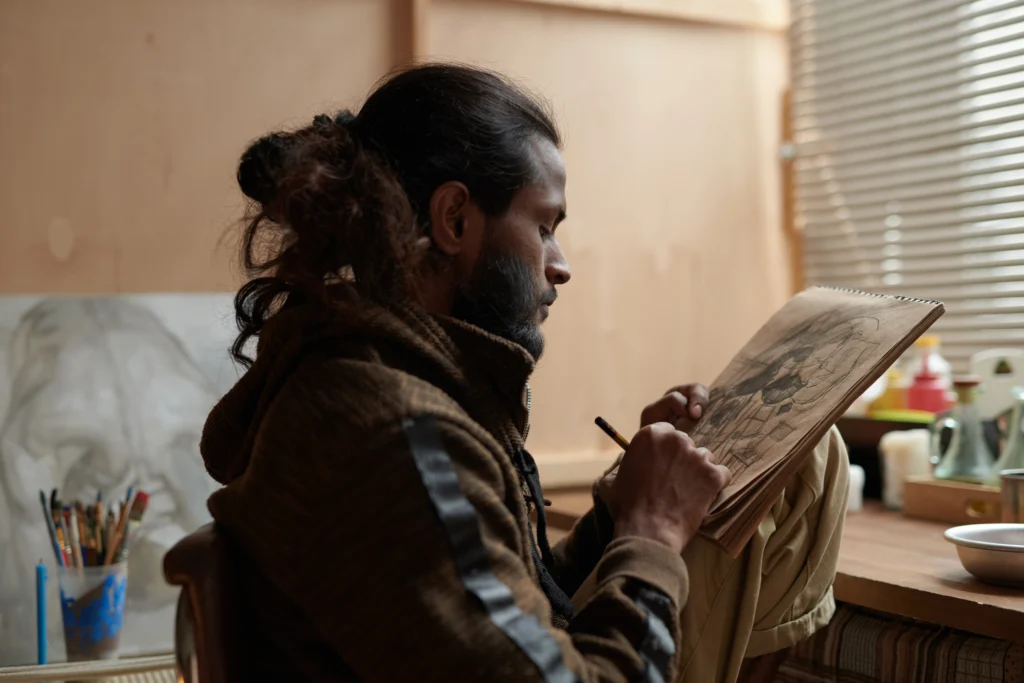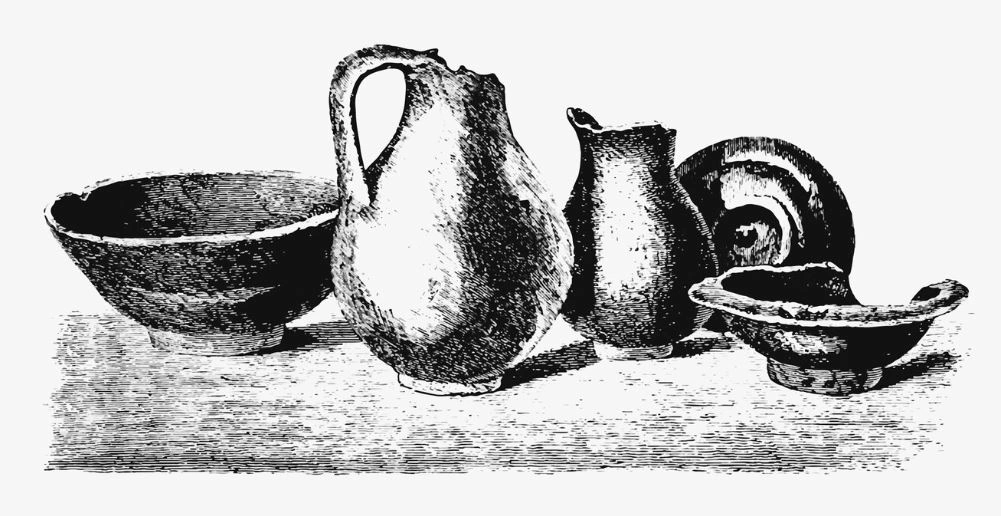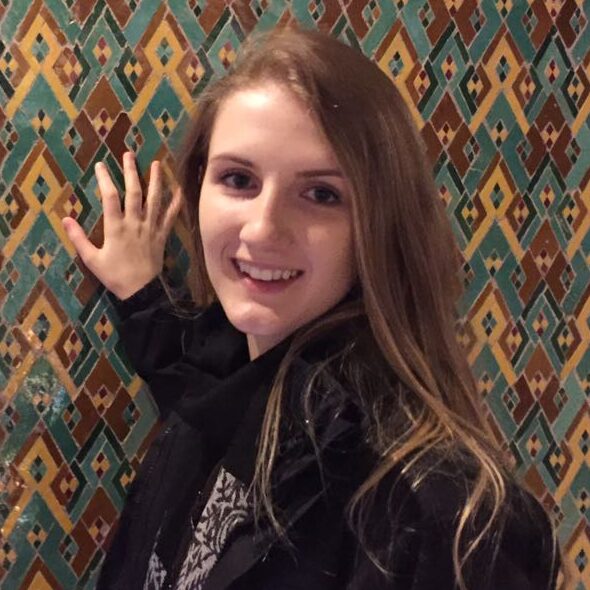Introduction: The Process of Reconstruction Through Art
Going through moments of personal ruin can be difficult, but it can also open doors to deep transformation. Often, these moments of crisis – whether a drastic change, a loss, or a failed project – make us feel as though we are broken, without a clear path ahead. However, the beauty of our imperfection and the fragments left by these experiences can be the key to our rebuilding.
In this article, we will explore how therapeutic drawing can be a powerful tool to process these experiences, not focusing on pain or sadness, but on the reconstruction, the strength that emerges from scars, and the beauty of what is broken, yet still whole. We will learn how to create drawings that symbolize the process of reconstruction, transforming “personal ruins” into something new and full of meaning.
Visual Fragmentation: What Art Can Reveal About Us
When we talk about personal ruins, we think of moments when we feel fragmented, whether from the loss of something important, the end of a cycle, or the feeling of being out of control. However, this fragmentation can be seen differently – as an opportunity to reconfigure and find something new.
The Process of Breaking and Rebuilding
In art, fragmentation is not necessarily a negative thing. On the contrary, it can be a starting point for the reconstruction of something stronger and more interesting. A drawing that reflects fragmentation can be a symbolic way of dealing with parts of ourselves that have been affected by difficult moments.
By using drawing, we can represent the broken parts, not as something lost, but as something that needs to be reorganized to form a new unity. By doing this, we find strength and beauty in the scars, recognizing that life, like art, is often about putting the pieces together and creating something new from that.
Exercises to Explore Fragmentation and Reconstruction Through Drawing
Exercise 1: Drawing Broken Objects
One of the simplest and most effective exercises to begin this process is to draw broken objects. Choose an object that has been damaged in some way – a broken cup, a cracked vase, or even a damaged piece of ceramic. When looking at this object, instead of focusing on the break, observe how it has been reconstructed or how it still carries beauty, despite its imperfection.
Draw the object not as it originally was, but as it appears now, with all its imperfections and marks of use. Pay attention to the shapes, the way the pieces fit together or overlap. This exercise is a visual metaphor for how we can rebuild parts of ourselves, often stronger and more interesting because of the experiences we’ve gone through.
Exercise 2: Ruined Landscapes
The idea of ruins can also be explored through landscape. Choose a place, either real or imaginary, and draw it in a state of decay or transformation – an old house, a battlefield, a forest with broken trees. Use drawing to create a visual story of how this space has been affected by time or events. Show the beauty that emerges from the imperfections, the new forms that arise as nature or time reshapes the environment.
This exercise is a way of reflecting on how changes and losses can be transformed into something new and meaningful, rather than something that is simply lost forever.
Exercise 3: Fragmented Self-Portraits
A more personal exercise is the fragmented self-portrait. Instead of drawing a “perfect” portrait, draw yourself in a fragmented way, dividing your face or body into disconnected, yet harmonious, parts. This can include lines symbolizing internal tensions or changes you’ve felt, or even deconstructing a part of your identity and reconstructing it in a different way.
Notice how each piece you draw can represent a part of yourself that has been impacted by your own experiences, but still holds value. The intention is not to create a literal portrait, but rather a symbolic representation of how different aspects of your being connect and reconfigure.
Exercise 4: Assembling Fragments on Paper
This exercise proposes a collective drawing of fragments, where you draw small pieces of objects, shapes, or even symbolic elements, and then assemble these pieces to form something new. The idea here is to represent the process of reconstruction – how different parts of our lives, our experiences, and emotions fit together to form our current identity.
Draw several simple or complex shapes and then reorganize them on the page to create a unique composition. This exercise can be a representation of finding strength in scars, where each piece is important to the whole.

The Beauty of Imperfection: How to Accept Fragmentation
As we work through these exercises, we begin to notice the beauty of imperfection. In art, as in life, the most interesting and meaningful parts often emerge from what seems incomplete or broken. The art of rebuilding something from fragments teaches us that we don’t need to be “perfect” to be valuable or significant. Our scars and ruptures are part of who we are, and they are what make us unique.
Thus, the drawing of personal ruins becomes a metaphor for resilience, where the act of drawing the fragmentation of something (an object, a landscape, or even a self-portrait) allows us to heal and rebuild from the inside out. This process is not just artistic, but also deeply personal and therapeutic.
The Visual Reconstruction of the Self
Drawing personal ruins offers a path to self-discovery and healing. Through fragmentation, we can explore not just what was broken, but also what can be rebuilt and transformed. The process of visual reconstruction allows us to see the beauty in the parts of ourselves that were marked by difficult experiences, and to recognize that, like art, life is often about putting the pieces together and making something new from that.
Now, with pencil in hand, begin drawing your own personal ruins. What can you rebuild from the fragments of your experience? How can these scars become something beautiful and meaningful?

